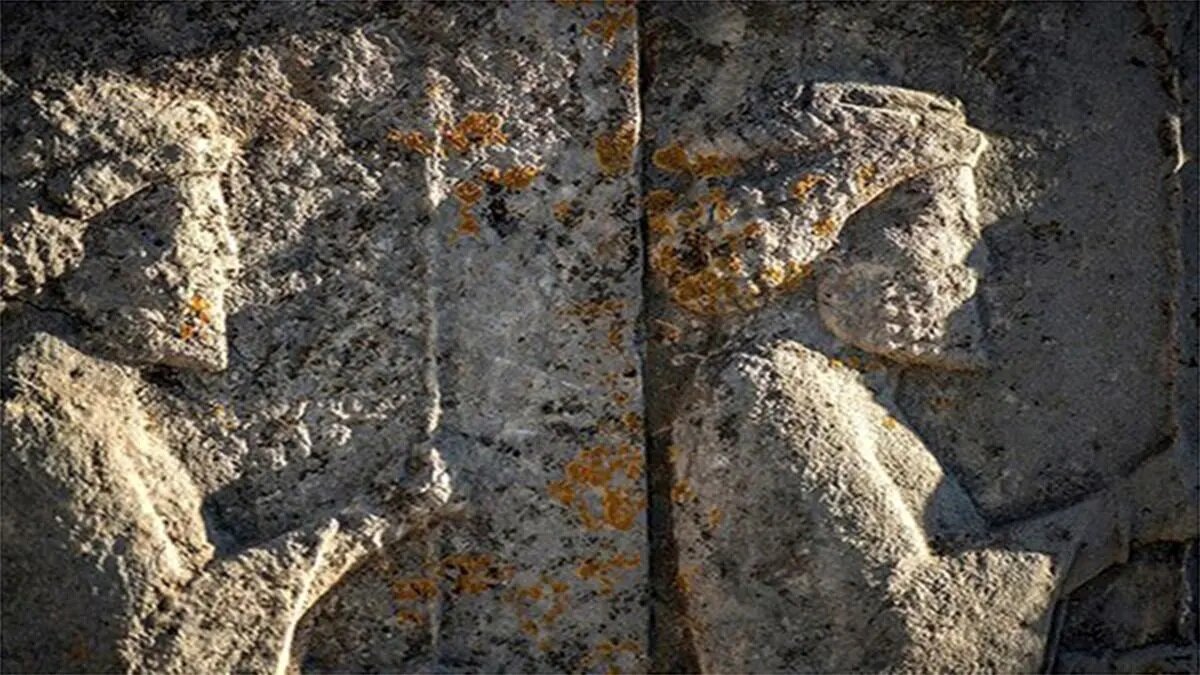Name of Persepolis recorded in world's scientific memory alongside newly discovered lichen

TEHRAN—A newly discovered lichen namely as Circinaria persepolitana, has been identified in 42 spots of Takht-e Jamshid (Persepolis): from the Hall of Hundred Columns to the Palaces of Ardashir, in southern province of Fars. This lichen species has been identified following a joint research project between Iranian and International scientists, ILNA reported.
Currently, the name of Persepolis has been recorded in the world's scientific memory alongside this newly discovered lichen.
Researchers believe that this is the first time in the history that a lichen is identified from the stone structures of Persepolis and is given an international name in honor of this global monument.
Mohammad Sohrabi, lichenologist and caretaker of the project, believes that the widespread distribution of lichen namely as Circinaria persepolitana is seen in spots such as Gate of All Nations, Apadana Palace, and Hall of Hundred Columns.
According to him, this lichen is one of the most prevalent and harmful species in the region. “Wherever you see gray patches on rocks, you're likely to encounter this species.
This lichen grows best in areas exposed to direct sunlight, wind, and rain.”
Over 125 lichen species have been identified in Persepolis, but the newly discovered one has drawn the attention of researchers and lichenologists due to its scatteredness and special characteristics.
He continued that after finding Circinaria persepolitana, researchers face a serious challenge for controlling this lichen: priority should be given to preserving cultural heritage or protecting biodiversity.
Sohrabi warned: "Hasty and imprecise dealing with this species can harm both areas. We are also responsible for global biodiversity. Lichens are the result of millions of years of evolution. Their thoughtless elimination is irreparable."
He urged for closer cooperation between Department of Environment and Ministry of Cultural Heritage.
He said lichens are part of the Earth's biological memory: species that are the result of millions of years of evolution.
In many countries, billions of dollars are spent on both protecting biodiversity and protecting global historical monuments, he added.
“In our country, just as we spend billions to save the Iranian cheetah and report to the presidency on the project's progress annually, we should also spend money to control the lichens of Persepolis and look at it with the same perspective.”
KD
Leave a Comment